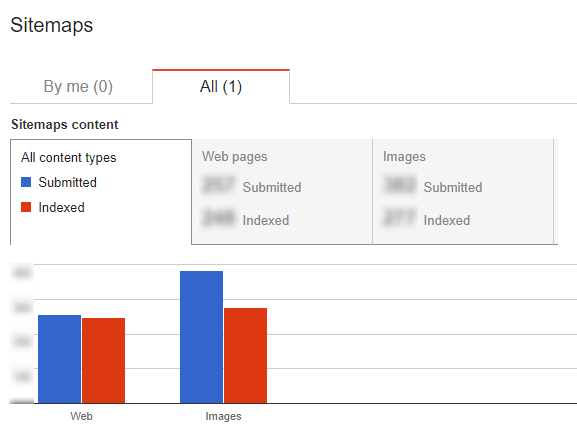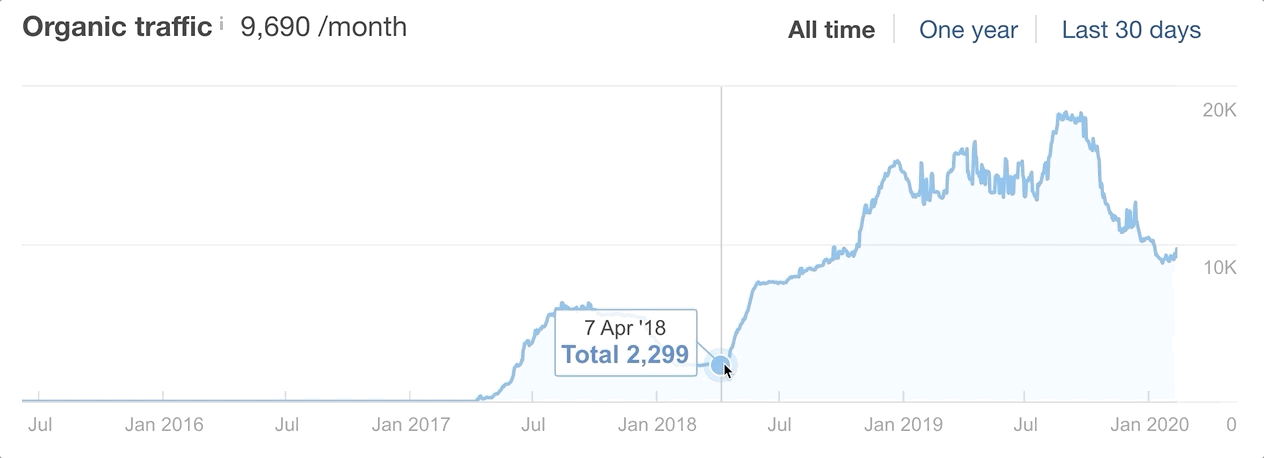
Google will rank category pages high in search results, but good content and great user experience won't guarantee top rankings. For this reason, they often need links to boost their rankings. Moz also has great content. An example page for category pages ranks #2 in SEO. It receives thousands upon thousands of organic visits every month, a healthy following and has received over 200 links from external sources. Let's talk about some ways you can get your category page to the top on Google.
Avoid keyword stuffing
Keyword stuffing can cause your website to rank lower than it should. While it may bring in a lot of traffic to your site, it will also look unprofessional or unreliable. Search engines are increasingly catching on to this tactic and penalizing websites that use it. Not just to increase rankings, but also for SEO purposes. Instead, create content which will engage your audience.

Keyword stuffing can be detrimental to your online presence and search engines have responded accordingly. Keyword stuffing may cause your Internet presence to be damaged and search engines can hide pages or even eliminate your entire website completely from SERPs. This drastic move can have devastating effects on your brand reputation and brand. It is best to avoid keyword stuffing in SEO category pages. However, there are exceptions.
Avoid duplicate categories
You may have already heard about the importance of avoid duplicate SEO category pages. Many merchandizers don't know how to avoid duplicate SEO category pages. To avoid duplicate SEO categories pages, here are some things you can do:
You shouldn't have too many category pages. This can lead to penalties. Create subcategories with unique intro descriptions and enough product listings. You should not create too many product pages for one category. As this will help you rank higher in search engines, make sure that you have enough product listings. Make sure you change the URLs for your product pages to avoid duplicate SEO pages.
Optimize your categories

Optimizing your category pages can improve your search engine rankings. The benefits of product pages go beyond one. They can direct users to purchase your products and tell search engines what they are looking for. You can increase sales and improve search engine rankings by including relevant text on your category pages. These are just a few ways to optimize SEO category pages. Continue reading to improve your sales and rank. Start by making sure your category pages answer all the questions people have about the products that you sell.
Your website should have categories, but don't stuff them. It is best to only have one category per post. Optimize it carefully. Your categories might not be optimized properly, and you may not see the results you want. Keywords should be used with care, but not too specific. You should use common sense and not use keywords that make no sense. Categories are also useful for SEO and organization.
FAQ
What is On Page SEO?
On-page optimization refers to actions taken within your website in order to improve its ranking in search engines. On-page optimization includes site architecture, page titles and meta tags. Image alt text is also included. Off-page search refers only to activities that do not directly impact your website's ranking. These activities can include backlinks as well as social media shares and press releases.
What are the top tools for on-page SEO?
Video embeds and image alt tags are great tools for on-page optimization. These issues can be found in this article.
What is a blog article?
A blog can be described as a website where visitors can share their content. Blogs often contain both written posts and images.
Bloggers create blogs about their own experiences, thoughts, and opinions. However, some bloggers choose topics that relate to their businesses or careers to blog.
Blog owners can easily set up blogs by using a simple software program called a blogging platform'. There are many options for blogging platforms. However, WordPress, Tumblr, and Blogger are the three most popular ones.
Blog readers enjoy reading blogs. Keep your writing interesting. You should be familiar with the topic you're writing about.
Also, make sure to include useful information and resources so that readers can better understand your topic. If you are writing about improving your website's functionality, don't tell people to just go to Google to see the websites of other businesses. Instead, give clear instructions on the steps required to create a website that's successful.
It's worth noting, too, that how well your blog is written will determine whether or not people enjoy it. No one will read your blog if it isn't well-written or clear. Poor grammar or spelling is also unacceptable.
It is easy to get carried away blogging. It's easy to get carried away when you start blogging. Keep your schedule straight and only publish content every other day. Your blog should never feel like an obligation.
Will A Content Strategy Help Me Get Better Ranking?
A content strategy is how you plan to create content over time. It contains keywords and information about your company, such as topics. This plan is essential to ensure you don’t create too much or too few words before you begin writing.
How do I create an SEO Strategy?
Understanding your goals and how you plan to achieve them is the first step in developing an SEO strategy. This will enable you to structure and organize your content around the goals.
Next, you need to begin working on keywords. Through keyword research, you can get insight into what people want to find by using certain words. You can then create articles on these topics by using this information.
Once you've written your articles, ensure to include your target keywords throughout them. You should also optimize each article by including relevant images and videos. Last, be sure to include links to related pages wherever you can.
Once you're done writing the content for your website, it's now time to optimize it!
Statistics
- A 62.60% organic traffic boost to that page: (backlinko.com)
- And 90%+ of these backlinks cite a specific stat from my post: (backlinko.com)
- These guides are designed and coded 100% from scratch using WordPress. (backlinko.com)
- Which led to a 70.43% boost in search engine traffic compared to the old version of the post: (backlinko.com)
- Sean isn't alone… Blogger James Pearson recently axed hundreds of blog posts from his site… and his organic traffic increased by 30%: (backlinko.com)
External Links
How To
How do you know when your SEO is working?
There are several ways that you can determine if your SEO is doing a great job.
-
Your bounce-rate should be below 30%. That means users must leave your page before they click on anything else. High bounce rates indicate that your audience isn’t confident in your brand or doesn’t care about what you sell.
-
Visitors will visit different pages on your site. This is a sign that they are engaging with your site.
-
Your conversion rate has improved - your customers are more aware of you product or service, and want to buy it.
-
Your average time on site is increasing - people spend longer viewing your content.
-
Searches are attracting more people - this is a sign that your SEO is doing a great job.
-
You are receiving more shares on social networks - this means your content is being shared and reaching other audiences than your followers.
-
You get more comments on forums, which shows that people are responding positively to your work.
-
Increased engagement means more likes and tweets around your site, as well as shares, shares, likes and likes on posts.
-
Your rank is increasing in SERPs, showing that your hard work is paying off.
-
You are receiving more leads through your website. This indicates that people found your website by accident and are now contacting it.
-
You are seeing an increase in sales - this means that people who visited your site looking for your products or services are purchasing them.
-
Your blog post receives more views/comments which indicates that people find your content informative and useful.
-
Your email list will have more subscribers - this means that people trust your business enough to subscribe to your updates.
-
Sales are rising, which means that people love you and your products to the point that they will pay for them.
-
You have more social media followers, which means that your fans are sharing your content and engaging with you brand.
-
You are receiving more PR mentions, which means journalists are talking about you online. This raises awareness of your company and helps to improve your reputation.
-
This means that your brand is being recommended more often.
-
Your website is popular because people keep coming back to it. This indicates that customers are happy and will continue to come back for your services.
-
Your competitors are losing ground. This is because they didn't spend as much on their SEO campaigns, which makes them look bad.
-
Your brand image is changing. This indicates that your brand popularity is growing among a new customer base.